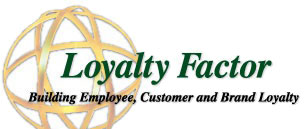No one of us is as smart as all of us – when teams function well, miracles happen.
Employee Engagement vs. Employee Satisfaction
Highly satisfied and engaged employees are as rare as they are valuable. There are significant differences between highly engaged employees and satisfied employees, and satisfaction does not necessarily imply engagement. Engaged employees take ownership, find solutions, are self-starters and find efficient ways to accomplish tasks. Satisfied employees are just happy to go to work each day and do not necessarily take a proactive approach to being a part of an organization. Organizations of today need and want engaged employees who take satisfaction in being part of the solution. In this session attendees will:
- Understand and clearly identify the differences between engaged and satisfied employees.
- Understand “Durkin’s Hierarchy of Engagement Needs” and how to implement the elements of the Engagement Hierarchy.



